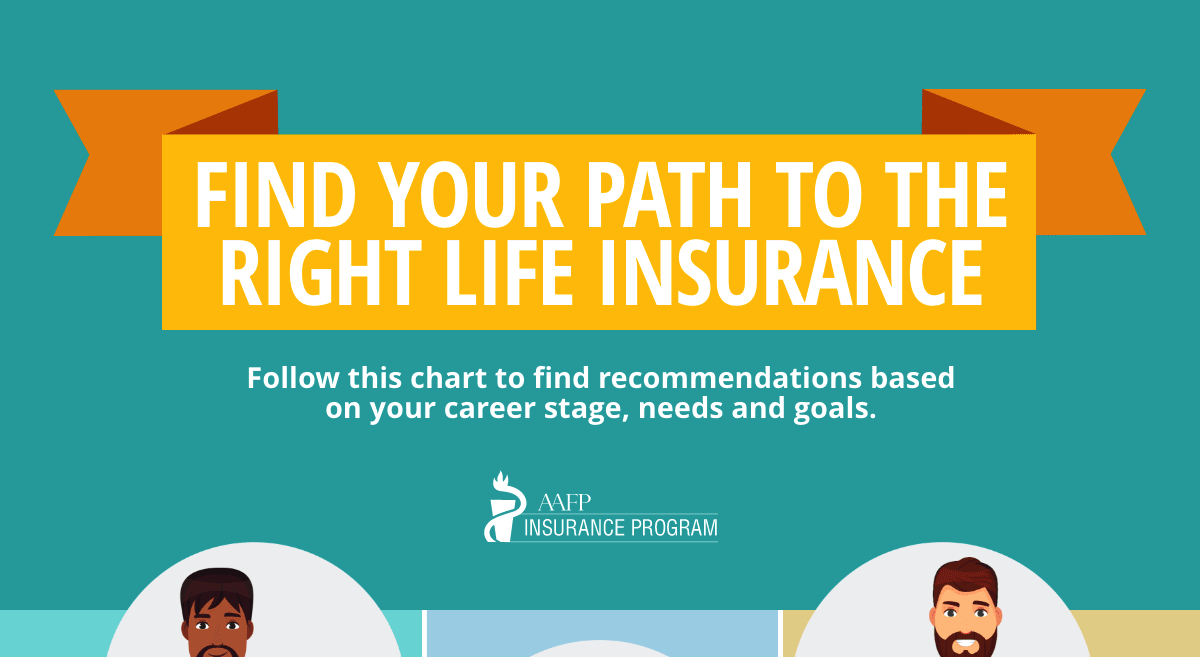By March 2017, 67 percent of healthcare providers were using EHR technology[ii], which can provide easier, faster access to more comprehensive information about patients. You can find their clinicians’ notes, test results, prescriptions and more all in one place. Also, as long as data is entered systematically, you can search through virtual reams of information in seconds.
While the healthcare industry is moving in the right direction, it has not yet realized the full potential of EHR technology. Today there are still barriers between different EHR systems, which are created by a variety of companies. This means that one provider’s technology may not be able to “talk” to another’s. In information technology parlance, these systems are not “interoperable,” which means healthcare providers still may not have full medical histories at their fingertips.
However, there is hope that this will change. The U.S. Department of Health and Human Services (HHS) has a goal of making interoperability between EHR systems commonplace by 2024[iii]. Experts believe that when this occurs, complete, easily searchable medical information will result in both improved care and lower costs.
So how will this technological revolution help patients and make your life as a family physician easier? Here are five positive changes you will experience:
1. The Ability to Make More Rapid Decisions
You will not have to dig through reams of complicated charts, decipher handwriting or request paper records be sent to you. Instead, you will have an easy-to-search, holistic view of a patient’s medical history. You will be able to drill down quickly to the details, such as test results, previous diagnoses, allergies and medications, enabling you to make decisions rapidly without fearing that you might have overlooked a critical data point. Also, you will find it advantageous to have EHRs at your fingertips when you are on call.
2. Convenience for Your Patients
If you have EHRs, you can set up a patient portal that empowers you to communicate with your patients online while also protecting their privacy. As long as they have Internet connections, they will have 24/7 access to their health information, including their visits to you, medications, immunizations, lab results and more. By enhancing communication, a patient portal can improve health outcomes.
3. Increased Compliance with Preventive Services
Prevention is one of the foundations for better healthcare. Studies have found that a high proportion of patients need at least one preventive service, such as a screening test, vaccination, counseling or medication. [iv] Another study showed how using EHRs can increase the number of patients who take advantage of preventive services. It used EHRs to provide evidence-based recommendations regarding the preventive services a patient needed and provided each patient with the information they needed to take action. This process increased the number of patients who were up to date on all recommended services by 11.5 percent. [v]
4. Greater Safety with Medications
Some critical work can be performed electronically, saving time and potentially saving lives.[vi] For instance, if a patient is visiting several providers, each may prescribe different medications. In the past, you might have had to rely on a patient to keep you up to date on their prescriptions from other providers. Also, you would have had to dig into your memory for drug incompatibilities or, if in doubt, conduct research before writing prescriptions. Now, EHRs can amass all of that information, and an automatic alert can warn you of possible dangerous drug interactions or a patient’s drug allergies.[vii]
5. More Quality Time with Patients
You will benefit from having all the required history on a new patient readily at hand. Already knowing the course their illness and treatment have followed, you do not need to ask many questions about the past. Instead, you can devote time to learning about the patient’s current situation and helping them on a path to a healthier future.
Once EHRs are interoperable, they will enable you to have a holistic view of your patients’ health history, to communicate more efficiently with your patients, enhance compliance with preventive care recommendations, ensure medication safety and spend more quality time with your patients.
[i] Deborah Kohn, MPH, RHIA, FACHE, CPHIMS, FHIMSS, CIP, CHTS-CP, For the Record, The Evolution of EHRs
[ii] Practice Fusion, EHR adoption rates: 20 must-see stats
[iii] The Office of the National Coordinator for Health Information Technology, Connecting Health and Care for the Nation: A 10-Year Vision to Achieve Interoperable Health in IT Infrastructure
[iv] Agency for Healthcare Research and Quality, Primary Care Patients Use Interactive Preventive Health Record Integrated With Electronic Health Record, Leading to Enhanced Provision of Preventive Services
[v] Agency for Healthcare Research and Quality, Primary Care Patients Use Interactive Preventive Health Record Integrated With Electronic Health Record, Leading to Enhanced Provision of Preventive Services
[vi] Chicago Tribune, Watchdog: Pharmacies miss half of the dangerous drug combinations
[vii] HealthIT.gov, Improved Diagnostics & Patient Outcomes




